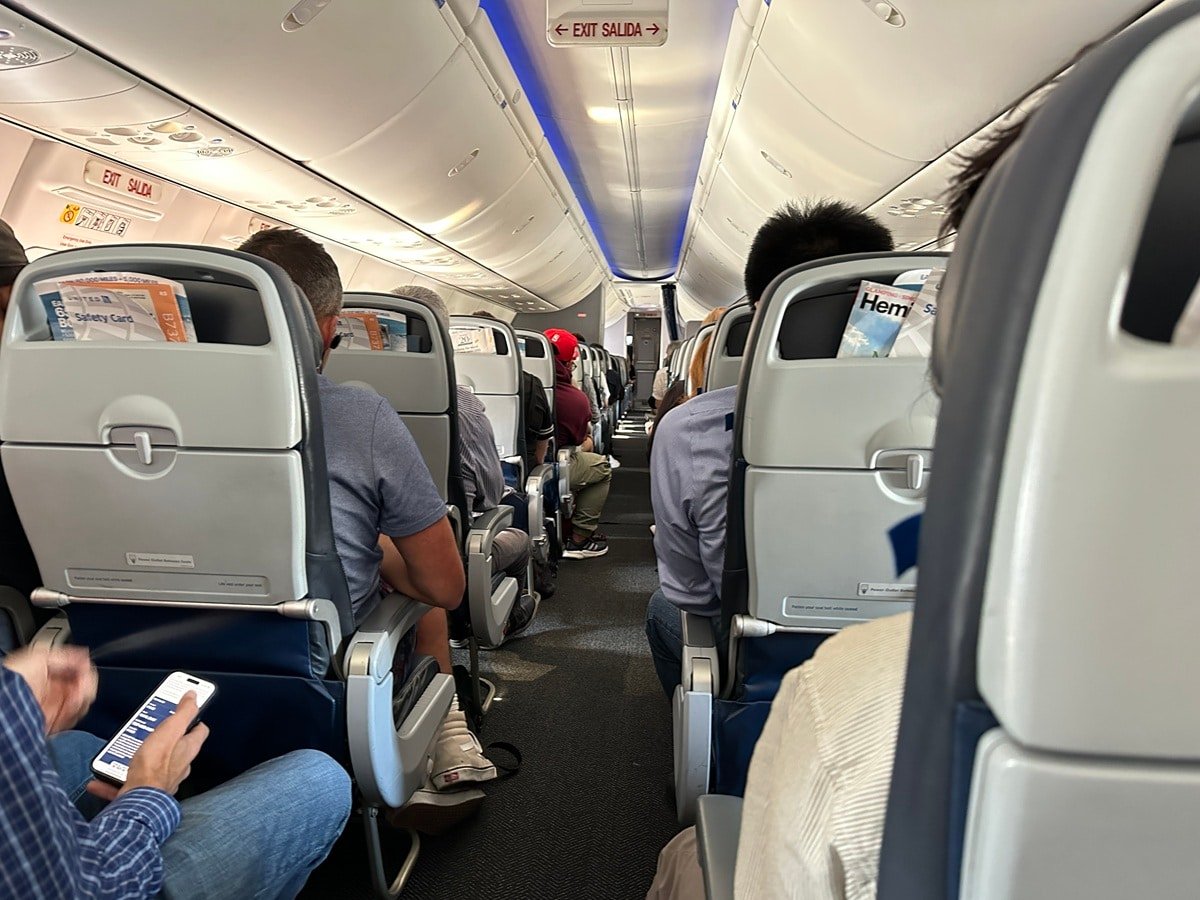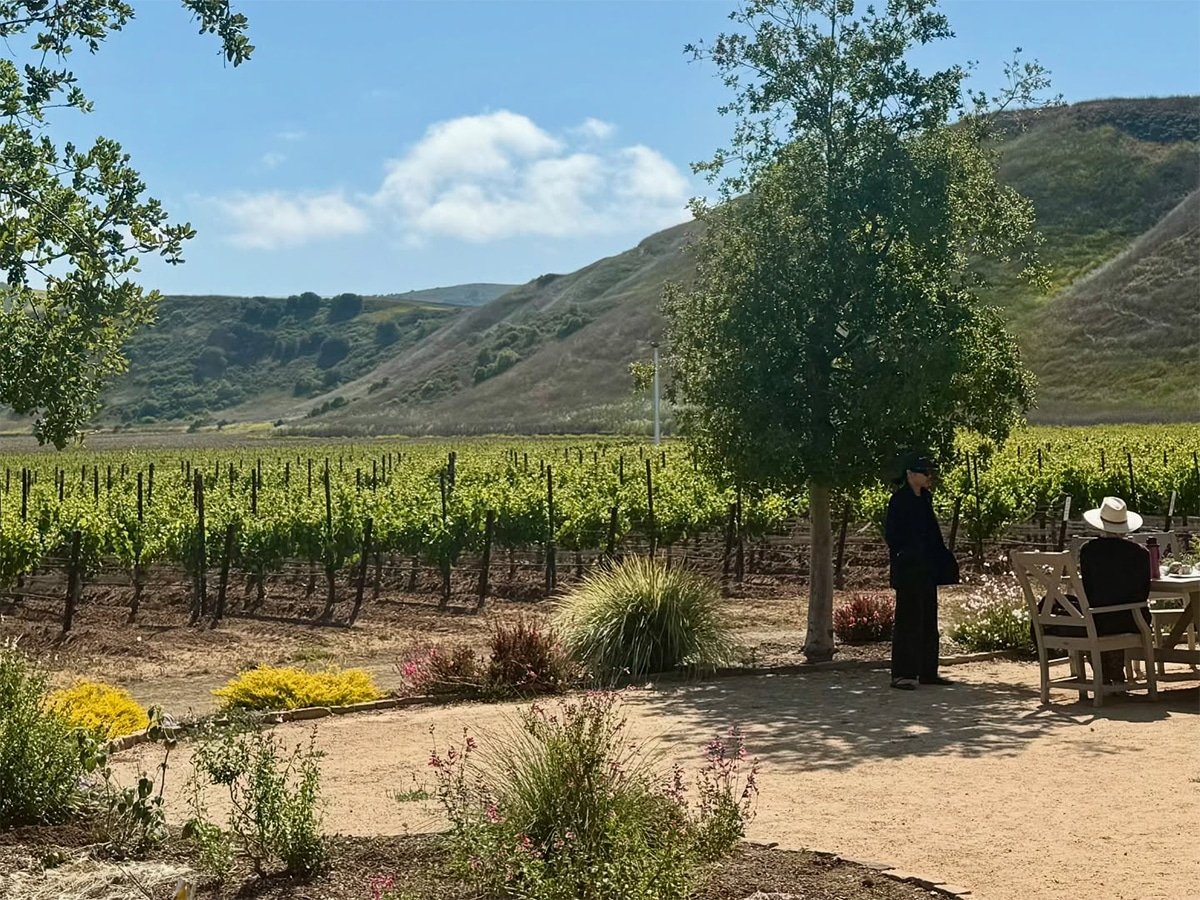It’s been a real mess here in L.A. with all of the fires. I’ve lived here for 35 years and have never seen anything like this. My heart goes out to all those affected. Unfortunately, I have many friends who have lost everything but they are alive and safe, which is the most important thing.
Although we’re 12 miles away from the nearest fire, the air here has been terrible. At times, you can see ash falling like minuscule snowflakes and you can definitely see ash on the side of the roads and coating the steps of outdoor stairs.
Although the last several days have been beautiful in appearance, clear, blue skies and the air quality apps say that the air quality is “GOOD”, I knew in my heart that they weren’t. My wife has been saying for days that she doesn’t trust that the AQI measurements on our weather apps are factoring in the toxins in the air due to the fires. Then this story came out: Toxic Wildfire Ash Danger May Not Be Reflected In AQI: Officials. It’s scary to think about the potential long-term effects of being exposed to this air is. A friend’s pulmonologist said that this is the type of toxic air that turns into lung cancer in 15 years.
We kept our kids home from school most of last week and today because their school is resuming outdoor activities. We have two air purifiers in our house. One is the commercial grade Jaspr air purifier and the other is a Dyson Purifier Cool so we know the air is clean in our house and of course, we are keeping the windows closed.
There are cheaper air purifier options, which you can check out here. If you can’t get one because they’re in high demand right now, you can also make one yourself. The Centers for Disease Control and Prevention (CDC) states that DIY purifiers can be a temporary solution, particularly if no other options are available.
The CDC says: “DIY air filtration units may be effective for temporary use until commercial portable air cleaners with known performance characteristics can be acquired, or used in areas that cannot obtain commercial portable air cleaners. However, the EPA does not recommend the DIY units as a permanent alternative to products of known performance (such as commercially available portable air cleaners).”
They also provide tips for making an efficient DIY air filtration unit. Here are the instructions:
- Use high quality MERV-13 filters. Lower MERV rated filters are not as effective at filtering airborne particles, especially smaller ones.
- Use 2” filters in the DIY unit rather than 1” filters.
- DIY units with more filters or thicker filters give the best performance.
- Use the highest airflow possible. Increased airflow equals more filtration.
- The DIY units should be constructed with a fan shroud (see Figures B and C). The shroud keeps air from recirculating in the fan and greatly improves the performance of the unit.
- Make sure all filter to filter and fan to filter joints are sealed.
- Any holes in the fan chassis should be sealed.”
If you need a visual, here are two videos that may help.
How to build a box fan HEPA filter

Here’s the transcript of the video:
How to Improve Indoor Air Quality During Wildfire Season
Wildfire smoke and other pollutants can make indoor air hazardous to breathe, especially when air quality is poor. Here’s how you can improve your indoor air environment:
- Use a HEPA Filter:
The best way to purify indoor air is by using a HEPA filter in your heating, ventilation, and cooling (HVAC) system. If that’s not an option, consider getting a portable HEPA air purifier designed for the size of your room. Be sure to check the AHAM verified list for certified air cleaners by room size. These air purifiers are safe to use at any time of the day. - DIY HEPA Filter with a Box Fan:
If commercial air purifiers aren’t available, you can make your own air filter using a 20-inch box fan and a 20-inch HEPA furnace filter. You’ll also need duct tape or a bungee cord. While homemade filters have shown some effectiveness, scientists are still studying their reliability. Consider this option only if you can’t find a commercial air purifier. - How to Assemble Your Homemade Air Filter:
- Find a 20-inch box fan and a 20-inch HEPA furnace filter (rated MERV-13 or higher).
- Attach the filter to the back of the fan, making sure the arrow on the filter points toward the front of the fan (where the air blows out).
- Place the fan in a room away from walls, windows, and doors. This helps prevent smoke from being pulled in from outside.
- Set the fan on a medium or low setting, keeping windows and doors closed.
- Allow time for the fan to clear the air, as it may take a little while for fine particles to decline.
- Safety Tips for Using Your Homemade Air Filter:
- Turn off the fan when leaving the room or going to bed to prevent potential overheating.
- Regularly check the fan for signs of overheating and shut it off if you feel the motor may be at risk of burning out.
- Change the filter according to the manufacturer’s instructions or when it looks dirty.
By using these strategies, you can breathe cleaner air and reduce the risks posed by wildfire smoke and other pollutants. Stay safe and make sure to plan ahead for air quality during wildfire season!”
And here’s another video from one of my friends.
KEEP READING:
–A chilling aerial view of Los Angeles County fires on approach to LAX
–This free service alerts you to nearby wildfires and firefighting efforts in real-time
–How to protect your passports, photos, important documents and other valuables from fire
–The Jaspr air purifier offers peace of mind during the California wildfires
–Be prepared: How to pack a go bag for any emergency
Want more travel news, tips and deals? Sign up to Johnny Jet’s free newsletter and check out these popular posts: The Travel Gadget Flight Attendants Never Leave Home Without and 12 Ways to Save Money on Baggage Fees. Follow Johnny Jet on MSN, Facebook, Instagram, Pinterest, and YouTube for all of my travel posts.



